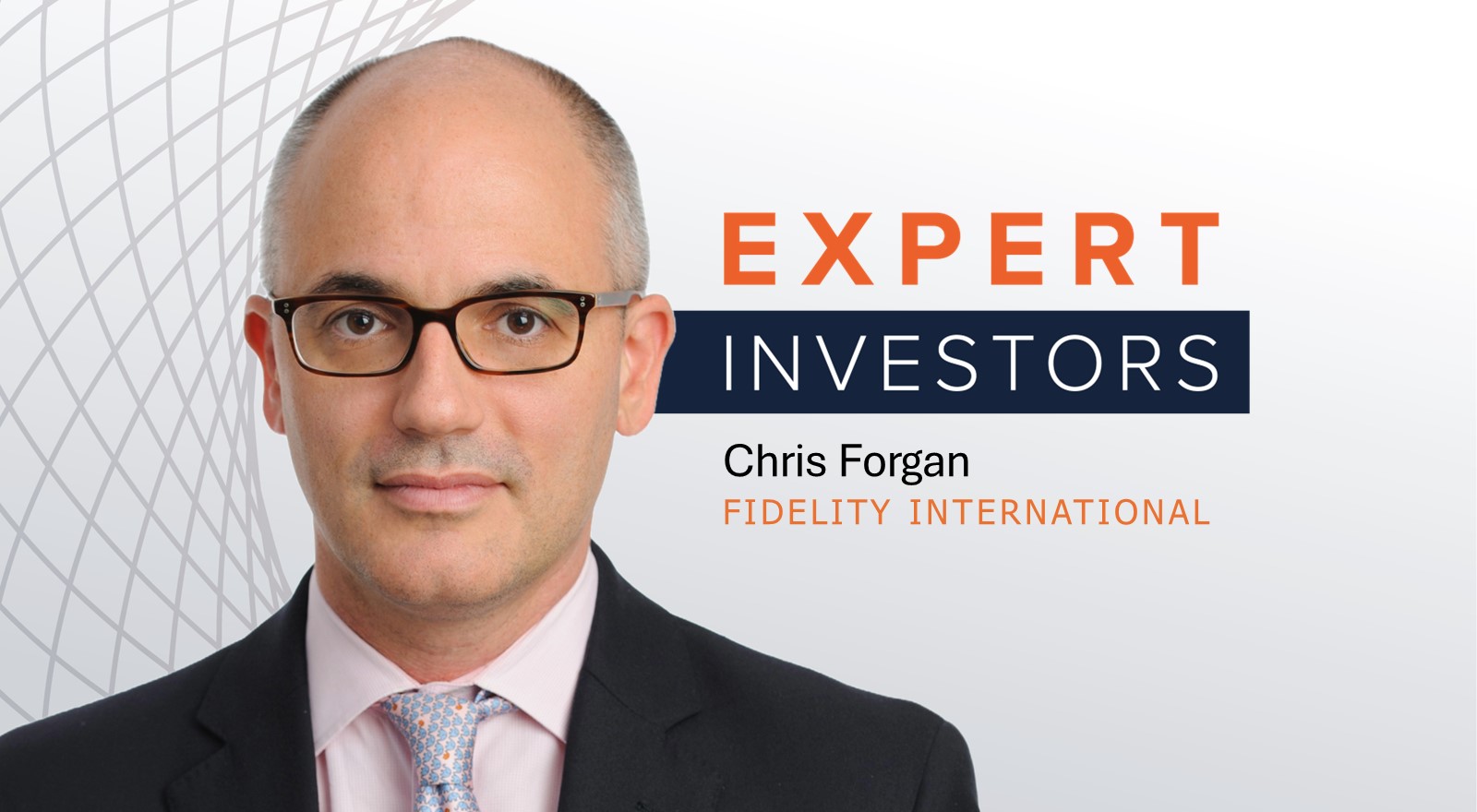With divergent monetary policy cycles back in focus across developed and emerging markets, Chris Forgan, portfolio manager, multi-asset, at Fidelity International, has said ETFs offer a “nimble” and “cost-effective” tool to capture sometimes hard-to-access exposures in the sovereign debt space.
A key example of this, Forgan said, was when his team looked to tap Chinese government bonds at relatively attractive yields, although Sino sovereigns had “historically not been the easiest thing to access”.
“That was something we had in the portfolio a year or so ago and the only way to get that was through an ETF vehicle,” Forgan added.
“There was not much choice in the market at that particular point in time. The ETF gave us that exposure in a cost-effective manner and the scale of the product gave us that nimbleness to be able to enter and exit with no meaningful cost risk attached.”
Looking ahead, Forgan said UK gilts and German Bunds look “quite interesting” for those trying to capture areas of the global economy where this is some support to the inflation story and where there has been “meaningful repricing of risk” over the past 18 to 24 months.
“You can either look to capture that shorter term opportunity set through futures, ETFs or index funds. We incorporate ETFs for shorter-term tactical opportunities.”
On the equity side, Forgan noted the US remains his team’s “key overweight” but defensive elements of the market – such as healthcare staples and utilities – are “looking cheap”.
Not using active ETFs
Interestingly, despite Fidelity being the third-largest issuer of actively managed UCITS ETFs – with an 11.1% market share at the end of 2023 – Forgan said his team currently does not use the structure but believes active management represents “an interesting opportunity set” for ETFs.
“It is an approach which has been more commonly used in the US,” he continued. “In Europe, we are behind in terms of the evolution of the ETF product cycle, but it offers an interesting way in which you can bring actively managed strategies to the market in a wrapper that may be more suited to certain end investors.”
Investor evolution
Moving away from products, Forgan argued further development is needed in accessing ETFs and education on the wrapper.
“From surveying clients, ETFs are still not easily accessed yet and that is another opportunity for ETF providers to make these products more readily available through platforms for retail investors, ultimately. That would allow for greater adoption more broadly.”
He added clients’ natural reaction to passive products is to compare headline fees and greater understanding of total cost of ownership is needed.
“There is still education that needs to be done to move people away from what is still a focus on the headline rate, which does not capture everything.
“Other considerations such as jurisdiction and replication methodology are necessary when evaluating ETFs and which one offers the best outcome.”
This article first appeared in ETF Insider, ETF Stream's monthly ETF magazine for professional investors in Europe. To read the full edition, click here.



